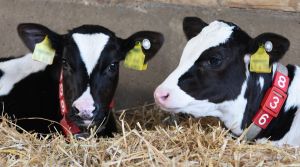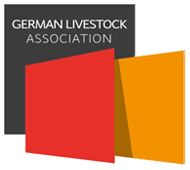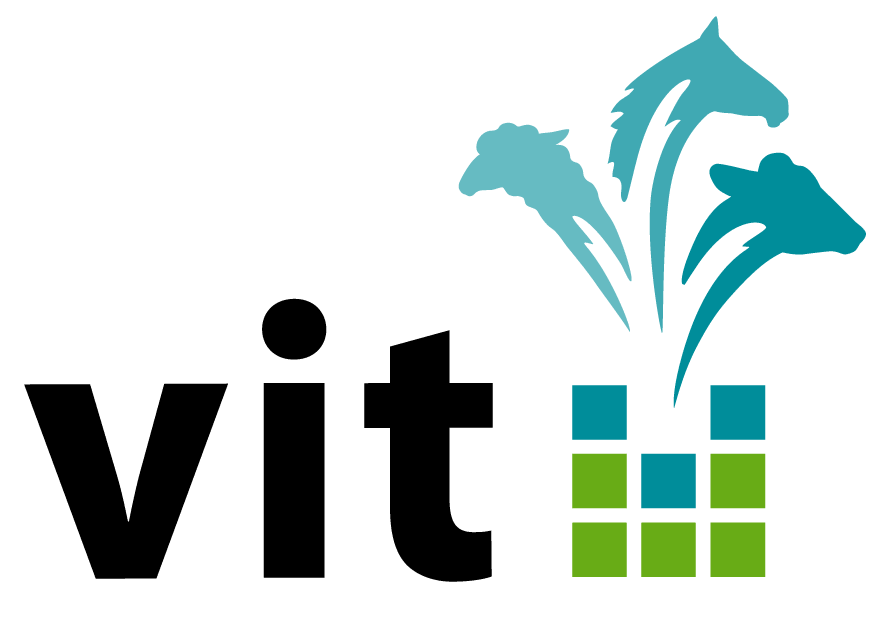Herd genotyping - The tool for genomic herd management
The herd genotyping programmes of the BRS breeding organisations offer great advantages to the participants for the design of their herd management. In times of limited working hours and increasingly restrictive fertiliser regulations, management geared to efficiency is also an important success factor in cattle farming. Herd genotyping allows operational decisions to be made earlier (in the life of the animal). This is made possible by genomic breeding values that are available at an early stage and with a high degree of reliability. The list of benefits of herd genotyping programmes is long. However, the two most important aspects are:
- increased breeding progress in the herd and
- a reduction in the number of animals that have to be reared for herd replacement.
The advantages at a glance
- Herd genotyping offers a precise overview of the genetic status of the herd through genomic breeding values with a high degree of reliability.
- Breeding values for direct health traits can be used as an indicator of the genetic susceptibility of economically significant disease complexes.
- By selecting the genetically best animals, the number of inseminations required for herd replacement can be reduced.
- A selective use of sexed semen additionally increases the breeding progress in the herd.
- Offspring with a lower genetic level can be sold as calves and therefore save rearing costs and resources.
- Cows that are not needed for herd replacement can be sold or mated with beef breeds.
- Genetic weaknesses, e.g. in animal health, can be improved more effectively. For example, a reduction in digital dermatitis can be enhanced by using bulls with a genetically lower susceptibility.
- By using the Bull Breeding Programme (BAP), individual breeding goals can be set and pursued.
- The information on the horn status makes it easier to breed polled animals.
- Computer-assisted parentage control of the genotyped animals improves the accuracy of the pedigrees.
- The risk of mating with genetic defect carriers can be reduced.
- Genomic information allows the reduction / limitation of the degree of inbreeding in the herd.
- Farms can be compared at the level of breeding values.
- Breeding values are published once a week and therefore results will be available within two weeks after sending a sample.
Working with genomics - procedure in practice
After signing a contract with a breeding organisation, the farmer will receive special ear tags for the female animals to collect tissue (different models are offered depending on the breeding organisation). When applying the ear tags, a small amount of tissue is cut out of the ear and preserved in a sample tube. The sample is then sent to the contracted laboratory IFN Schönow. There, SNP genotyping is carried out using the DNA isolated from the sample material. Based on the laboratory results (SNP genotypes), the data centre IT-Solutions for Animal Production (vit) estimates the genomic breeding values for the animal. Approximately two weeks after sending the tissue sample to the laboratory, the farmer receives the genomic breeding values for the tested animal. The farmer can access all results of his animals via the herd management programme NETRINDgenom. After the first genotyping, which usually includes calves, heifers and young cows, new born female calves are continuously genotyped.
There are two ways to get new eartags:
- a series of eartags is ordered, which are provided by the German partner breeding organisation. In this case, the ear tag for tissue sampling can be comfortably applied together with the normal ear tag.
- or sending birth notifications to the German partner breeding organisation, which orders the ear tags and sends them to the farm for the newborn calves.
With the bull mating programme GenomBAP your partner breeding organisation can help you find the right sires for your heifers and cows.
What breeding values do I get for my female animals?
With the breeding values from the herd genotyping programme you also receive our health breeding values and the RZ€.
For the genotyped female animals the programme participant receives the entire German breeding value portfolio consisting of 50 breeding values from the areas of health, performance and conformation.
Further information:
- on genetic traits of the animal such as horn status, coat colour and variant red gene (dominant red / VRC)
- to the β- and κ-casein type
- on the genetic defects Brachyspina, Bovine Leukocyte Adhesion Deficiency (BLAD), Haplotype for Cholesterol Deficiency (CDH) and other haplotypes (HH1 to HH6) associated with calf survival
The breeding values are uploaded to the online tool NETRINDgenom after the screening. There it is possible to rank the genotyped stock according to own criteria and to set a benchmark for all project participants.
I would like to participate, where can I get more detailed information?
Information on participating in a herd genotyping programme is available from our partner breeding organisations. They will also provide you with additional information on participation requirements and costs of the genotyping programme. Below are links to contact persons at our organisations:














 German Livestock Association
German Livestock Association Vereinigte Informationssysteme Tierhaltung w.V.
Vereinigte Informationssysteme Tierhaltung w.V.